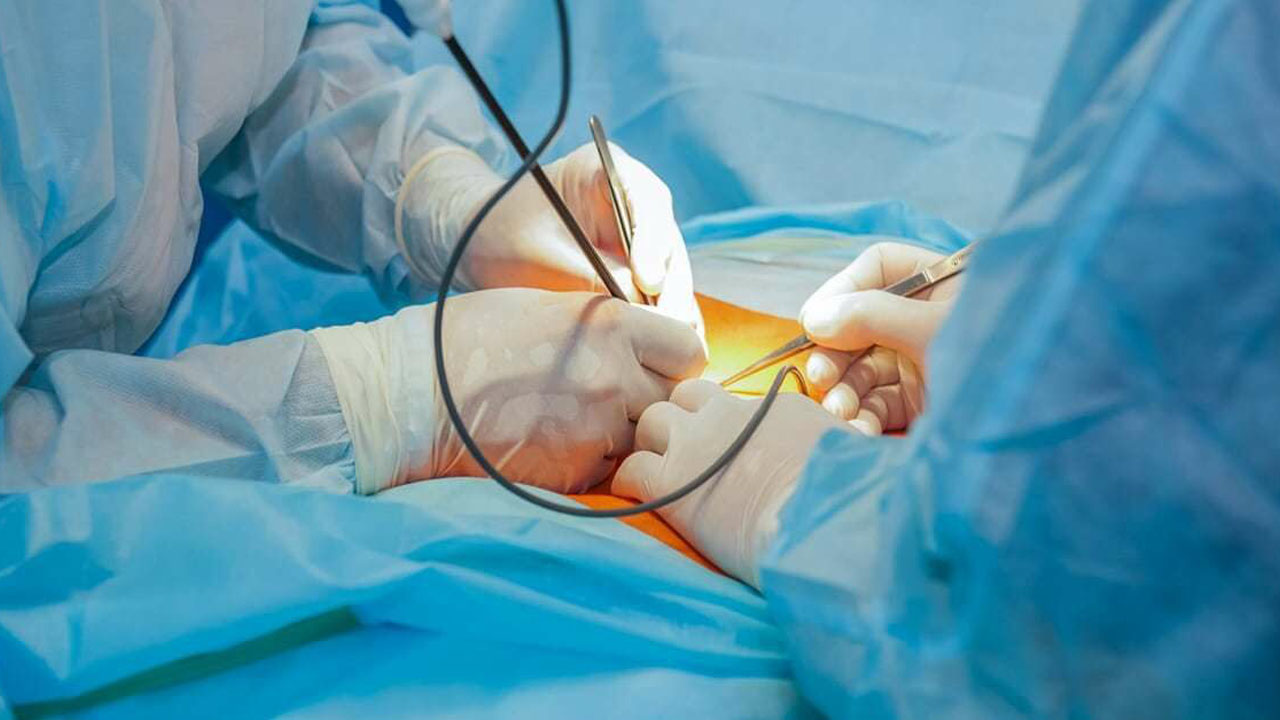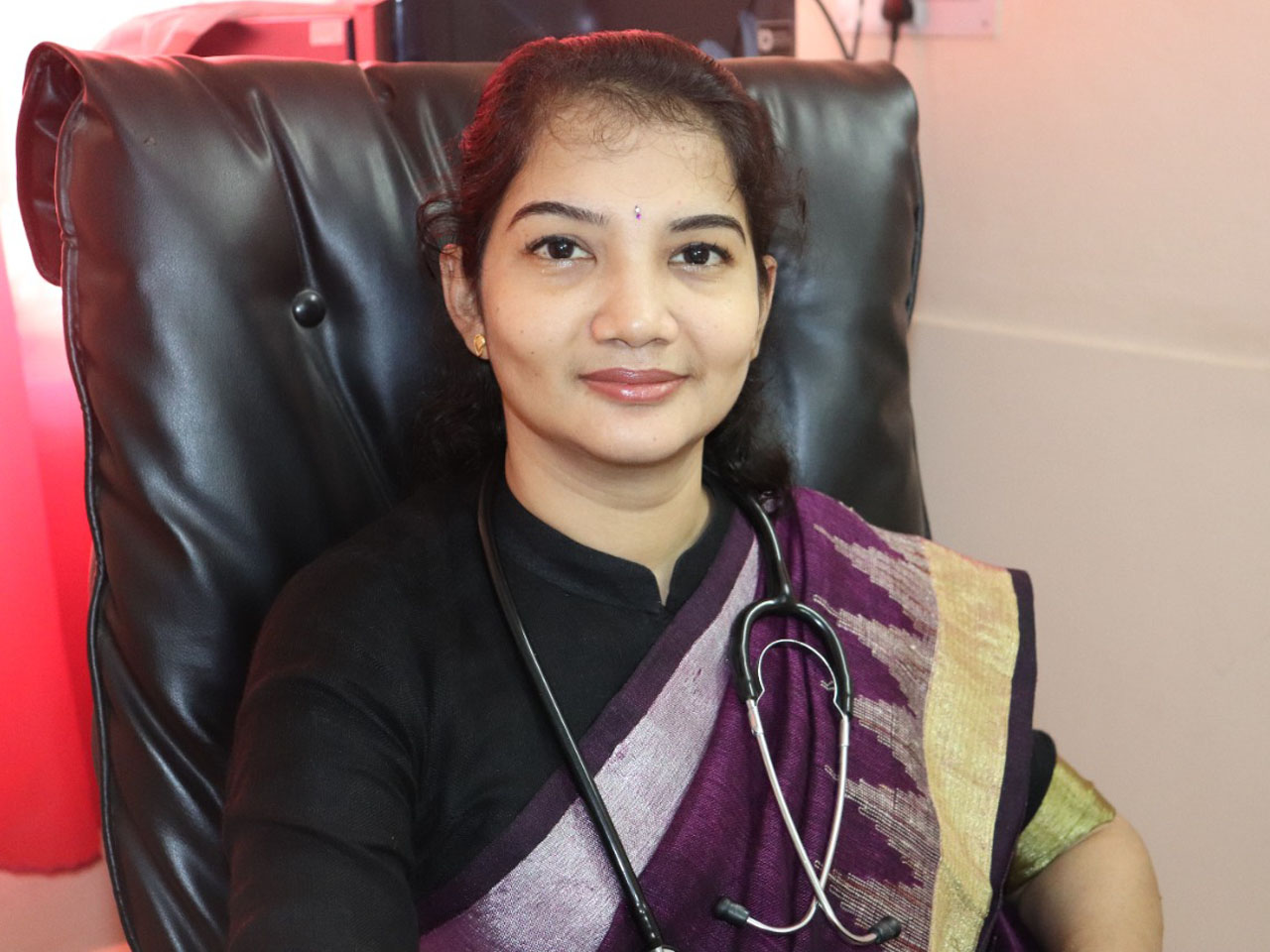Diagnostic laparoscopy is a procedure where a doctor or team of surgeons will make small incisions in your abdomen. Through one of these small cuts, a device called a laparoscope is inserted. This thin, flexible tube has a camera and light at one end and can be controlled by your surgeon to get a look around inside your body. Sometimes it is also possible to retrieve a tissue sample to perform a biopsy to determine whether a mass is cancerous.
During a laparoscopy, one main incision is often made in your belly button where the laparoscope can be threaded in. Other smaller incisions made elsewhere in your abdominal cavity if other surgical instruments are needed to help perform your surgical procedure. Sometimes carbon dioxide gas is pumped into your abdomen to give surgeons room to work or help see what is going on inside you.
Laparoscopies are preferred by healthcare providers for other reasons as well. Laparoscopies tend to be cheaper and more widely available than major surgeries, as they can be performed in many kinds of medical centers rather than just in hospitals with major surgery centers. Since there is rarely a need to stay overnight in a hospital after a laparoscopy, overall costs to perform a diagnostic laparoscopy are generally much lower for both patients and medical centers.
Laparoscopy is often performed under full anesthesia. In these cases, you may be at a similar risk of the complications of going under anesthesia as if you had open surgery, though the duration of your procedure factors into this. Some laparoscopic procedures can be performed under a form of local anesthetic, though, which carries far less risk than being put all the way out.
Laparoscopy is a way of performing surgery. Instead of making a large incision (or cut) for certain operations, surgeons make tiny incisions and insert thin instruments and a camera into an area, such as into the abdomen, to view the internal organs and repair or remove tissue.
early on, the technique of laparoscopy, sometimes referred to as keyhole surgery, was used only to diagnose conditions. Then doctors began to perform surgeries, such as tubal ligation in women using laparoscopy. The technique has evolved so much that operations that once required doctors to make a very large incision, such as to remove the gallbladder, can now all be done with this less invasive surgery.
Why It Is Done
- Severe endometriosis and scar tissue that is thought to be interfering with internal organs, such as the bowel or bladder.
- Endometriosis pain that has continued or returned after hormone therapy
- Severe endometriosis pain (some women and their doctors choose to skip medicine treatment).
- An endometriosis cyst on an ovary (endometrioma).
- Endometriosis is a possible cause of infertility.
Advanced Abdominal and Gynaec surgeries
- Laparoscopic Hydatid Cyst
- Laparoscopic Appendectomy
- Laparoscopic Cystogastrostomy
- Laparoscopic Fundoplication
- Laparoscopic Hemicolectomy
- Laparoscopic Myomectomy
- Laparoscopic Splenectomy
- Total Laparoscopic Hysterectomy
- Laparoscopic Cholecystectomy
- Laparoscopic Du Perforation Repair
- Laparoscopic Bowel Anastomosis
- Laparoscopic Pyeloplasty
- Laparoscopic Inguinal Hernia Repair
- Laparoscopic Ventral Hernia Repair
- Total Laparoscopic Hysterectomy
- MIPH
- Laparoscopic Endometriotic cyst, Ovarian Cyst, PCOD Drilling, Tubal Patency,Tubectomy, Ectopic Pregnancy





